There are a number of cognitive components to hyper productivity, this blog describes one component which is a model that solved a severe case of chronic procrastination and replaced this unhelpful habit with one that is highly productive and energising. Whilst it’s a really useful model on its own, it also compliments ‘Purpose and Value Based Thinking’ which you can find in the Practice Blog.
Solving a case of chronic procrastination
For me there was never enough time to get anything done, to get something finished. If you can’t finish why bother starting it in the first place. Surely it’s better to wait until you have enough time, so you don’t create another half-finished thing to worry about. There was a direct correlation between the time available and the size of the important task that came to mind. If I had 15 minutes available I would think of something that takes an hour; if I had an hour available I would think of something that takes half a day, e.g. writing a short article; if I had half a day available, I would think of the academic paper I need to write and think about the weeks it would take. I’m guessing you can see the pattern. The size of the task was always bigger than the slot of time available.
So, as I couldn’t get anything important done in the time available, I would convince myself I should use the time to relax and take time out before the next meeting etc.
Interestingly, and in contrast to the picture above, when I would think about the future, the time available seemed larger and the time things would take seemed small in relation to the perceived expansive time available. So the picture of the future looked much more like this….
But then as the time and deadlines approach the proportions in the picture change, task got bigger, the time shrunk and reality kicked in and long hours and late nights were worked to meet the deadlines. Then as things got completed after great stress, effort and sometimes all night working, the justification for procrastination and taking time to relax would grow, and the whole cycle would start again.
Modelling Hyper Productivity (inc. reading more)
To find a solution three very different people were modelled using our cognitive interview and modelling methodology. One was a program/project manager, one was a personal assistant to multiple directors, and one was freelance writer.
Although different what they had in common was the ability to get through significantly greater volumes of work than any of their peers, with quality; low stress levels (in fact with enjoyment and escalating motivation); not a second wasted, and never a moment given over to procrastination.
The project manager managed multiple projects, always more projects than his peers, and always more complex projects came his way. He always delivered and somehow read more books than anyone I knew. I would carry a book around with me for months and never get started, he on the other hand would get through at least one per week, and was busier than me!
Similarly, the writer always had multiple commissions from different clients and also found time for their own writing and for reading multiple books during the week. The personal assistant was ‘super human’, she had taken on numerous directors each of which previously had a dedicated PA, and yet she exceeded their prior experiences and still had time to spare to contribute to other projects. Like the other two she always appeared calm and confident, and always with time to take lunch and to have a friendly conversation, and to read a book.
The Core of the Model
The model produced is multi faceted and here we will focus on the core of the model, what is called thin slicing or chunking. Reading many books has been mentioned a few times above, and I was always carrying round a book that was never read, we will use this a first example of thin slicing.
When I looked at a book I would think I only had a few minutes, I can’t read now, and at the end of the week I would be disappointed that I hadn’t found any time for reading. But the three outliers above always found time, how?
When they had even just thirty seconds spare they would read without hesitation because they applied their strategy of thin slicing to reading. They didn’t see a book to read, just a first paragraph or page or sub-section. Books are different, and so they sliced them differently, e.g. a technical book strategy might be to start by getting an overview of the books contents by looking through the contents pages a few times, then read the first and last paragraph or page of every chapter. Each chunk or slice of reading was small. If more time was available more slices would be read.
The general principle of thin slicing or chunking is to always have activities or tasks available that can be completed in the smallest time slot, even five seconds. It’s really motivating get lots of small things done. Equally, it’s important to recognise that the outliers don't spend time breaking ever activity down into small slices way ahead of time. Firstly, that would be impossible for many projects, secondly it would be a waste of their valuable time as who knows what may change in the meantime.
Thin slicing is about breaking down important activities in to the smallest completable slices, what we call micro activities, but only as they become near term. It is not about detailing all activities into the distant future, it’s about graduating the detail and size of activities as you move from the long to the short term, then finally thin slicing in the near term.
The benefits of thin slicing frequently exceed expectations due to a number of factors. Firstly, the benefits of utilising every moment are clear, particularly when compared to a patterns of procrastination. Secondly, people experience compound motivation from the repeated sense of success and achievement from rapidly completing activities. Thirdly, thin slicing is a component in improving the utilisation of cognitive capacity.
Planning in the Present
When they were planning in this way, all of the outliers had another practice in common. This additional practice interrupted the planning fallacy I had been experiencing i.e. being over optimistic about time available and underestimating the task size when looking into the future. This was a practice we have called ‘planning in the present’. This doesn’t mean planning now, it means thinking about each future task and asking the question - ‘if I was doing this activity now how would I do it and how long would it take me?’ This isn’t just a question, it involves active imagination of being in that future moment as if it were now, and imagining doing the necessary activities.
This practice significantly increases the accuracy of estimating time and effort to assign to an activity in a plan, with this realistic planning greatly contributing to projects success, and also feeding forward to the practice of thin slicing.
Hyper Productivity 2.0
Thin slicing gets great results, particularly as an antidote to procrastination, but it also works with other practices to facilitate elite performance in many fields. Practices such as ‘fluid thinking’, ‘purpose & value based thinking’, ‘hypothesis based design’, amongst others, some of which are either outlined (or will soon be) in our blogs published on this site.




